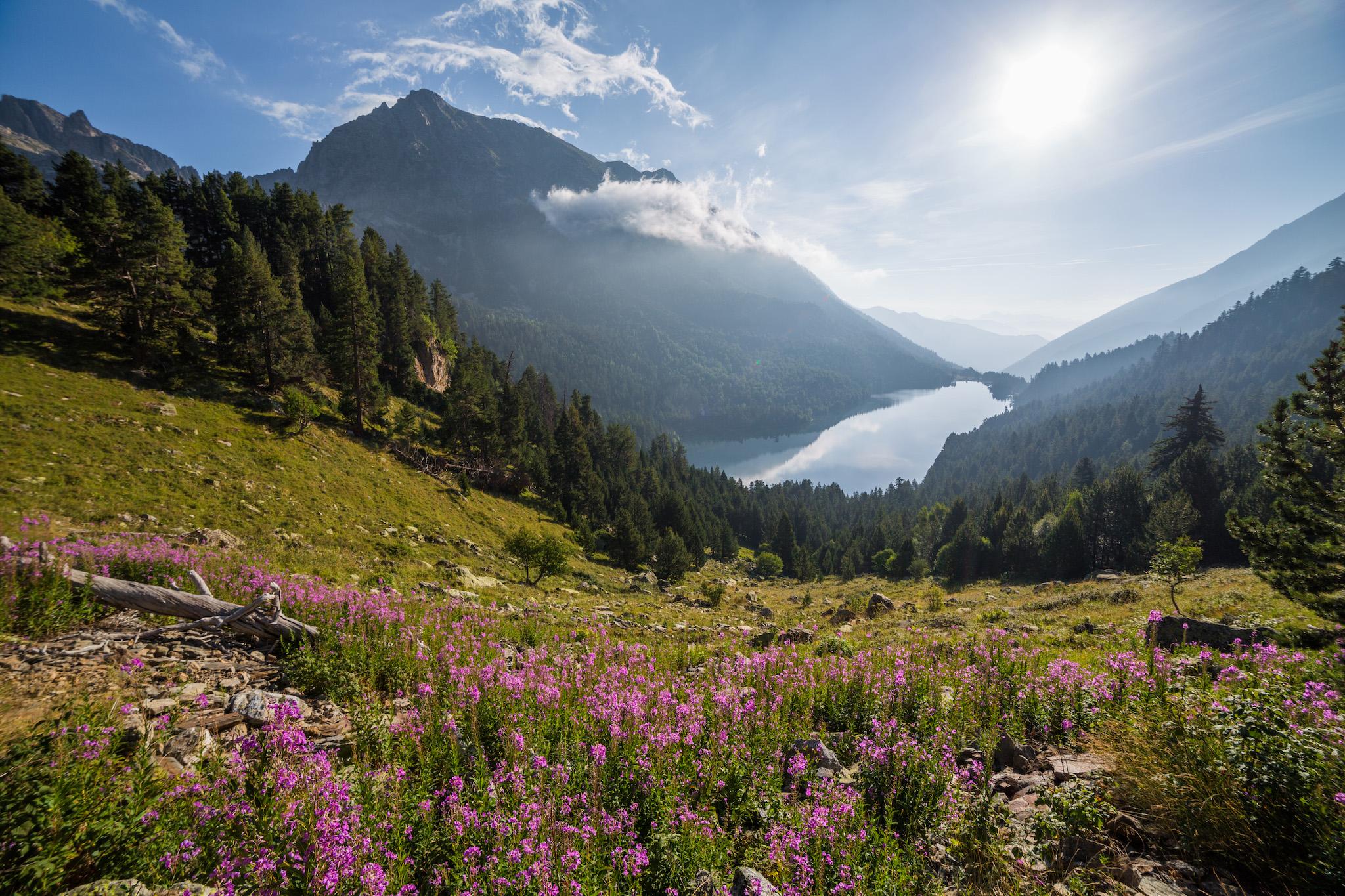The North Face apologises after sneaking marketing images onto Wikipedia
'You should be angry'

Your support helps us to tell the story
From reproductive rights to climate change to Big Tech, The Independent is on the ground when the story is developing. Whether it's investigating the financials of Elon Musk's pro-Trump PAC or producing our latest documentary, 'The A Word', which shines a light on the American women fighting for reproductive rights, we know how important it is to parse out the facts from the messaging.
At such a critical moment in US history, we need reporters on the ground. Your donation allows us to keep sending journalists to speak to both sides of the story.
The Independent is trusted by Americans across the entire political spectrum. And unlike many other quality news outlets, we choose not to lock Americans out of our reporting and analysis with paywalls. We believe quality journalism should be available to everyone, paid for by those who can afford it.
Your support makes all the difference.The North Face has apologised after sneaking marketing images into Wikipedia.
Last month, a series of North Face images – which were photos used to illustrate articles about various outdoors regions and other related topics, but included the company's branding – started making their way onto Wikipedia. It meant that anyone heading to an article about a national park in Spain would see a normal picture, but with someone wearing the company's clothes.
They were added quietly, and stayed on the website without being noticed by the company's moderators. That was until the company brought it to the attention of the world.
The North Face not only admitted to making to the changes but had bragged about them before the scandal erupted. In a video later published by AdAge, its ad agency described how it had managed to change the images "without attracting attention [from] Wikipedia moderators".
“Our mission is to expand our frontiers so that our consumers can overcome their limits,” North Face Brazil’s CEO said in a statement before the controversy began. “With the ‘Top of Images’ project, we achieved our positioning and placed our products in a fully contextualised manner as items that go hand in hand with these destinations.”
When it became clear what had happened, the Wikimedia Foundation – which runs Wikipedia – reacted angrily and denied any suggestion it had been involved.
"Wikipedia and the Wikimedia Foundation did not collaborate on this stunt, as The North Face falsely claims," it wrote in a response post. "In fact, what they did was akin to defacing public property, which is a surprising direction from The North Face."
It called on fans and users of Wikipedia to be angry, too.
"When The North Face exploits the trust you have in Wikipedia to sell you more clothes, you should be angry. Adding content that is solely for commercial promotion goes directly against the policies, purpose and mission of Wikipedia to provide neutral, fact-based knowledge to the world.
The company apologised on Twitter, saying that the current campaign had been terminated and it would avoid doing the same in the future.
"We believe deeply in Wikipedia's mission and apologise for engaging in activity inconsistent with those principles," it wrote on Twitter.
"Effective immediately, we have ended the campaign and moving forward, we'll commit to ensuring that our teams and vendors are better trained on the site policies."
Join our commenting forum
Join thought-provoking conversations, follow other Independent readers and see their replies
Comments